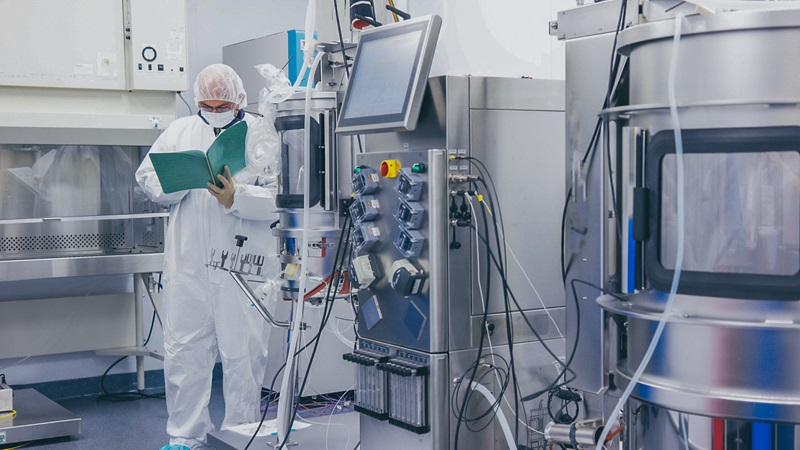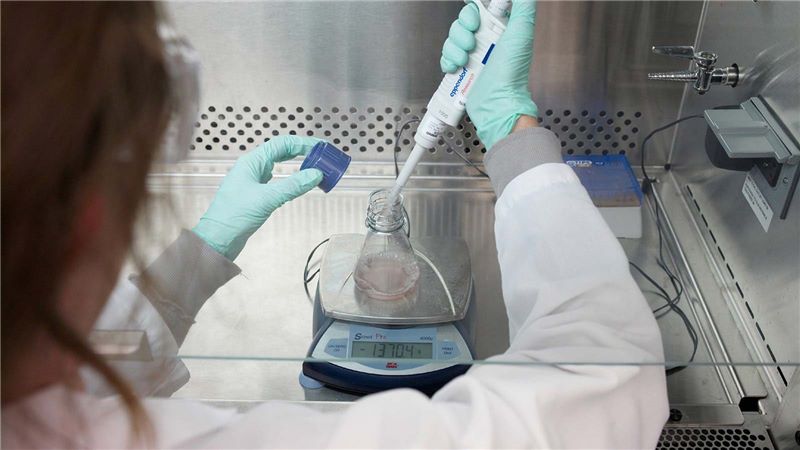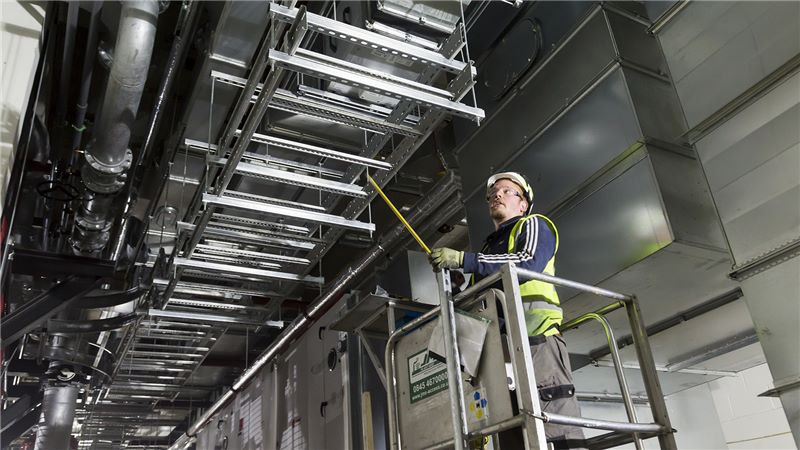A brave new world for pharma: Achieving speed to market
The world that emerged from the Covid-19 pandemic is vastly different from the one we left behind. Now it’s time to bring fresh thinking and a new approach into project delivery for the pharmaceutical sector and remove hurdles for speed to market.
The coronavirus pandemic exposed the gaping need for faster delivery of pharmaceutical manufacturing facilities to bridge the gap between the lab and the marketplace. With 50-85 percent of the global population required to acquire herd immunity, and the scientific uncertainty regarding how long antibodies stay in our systems, the race for a vaccine and treatments to combat the virus is accelerating.
For an industry blessed with financial flexibility, the hurdle in the quest to improve speed to market is that of capacity. R&D investments by the entire pharma industry last year was estimated to be more than $150 billion.
Pledges by the big pharmas to find a cure for Covid-19 spotlighted the main issue facing this industry: How can facilities be produced faster and to regulatory standards without compromising on quality, safety and efficacy? Even prior to the pandemic, players in this industry were struggling with speed to market from lab to manufacturing. Adding a global pandemic to the mix and the intent to produce a vaccine to serve a global population has exacerbated the issue.
The root of the challenge is evident. A coronavirus vaccine, drugs to improve treatments post-infection, and medication to treat symptoms must be developed while maintaining the development and manufacture of drugs and treatments for all non Covid-19 diseases and conditions. Even with the most efficient knowledge-sharing amongst the world’s leading scientists, the problem of how the drugs they develop will meet the market demand remains. It’s one thing to develop the drug, and another to produce enough to satisfy global needs.
So what is the solution?
Speed to market is a complex issue for drug manufacturers who have a limited amount of time to capitalise on the success of their inventions before a patent expires. The only way to realise return on investment is to achieve full-time production in a reduced time frame and beat competitors to the punch.
Over the past six years, the introduction of scalable, flexible, modular facilities, as an alternative to traditional stainless-steel single process plants has grown in popularity. The advent of single-use technology demonstrated to the pharmaceutical industry that small capacity flexible facilities can be constructed, commissioned and validated in less than half the typical 4 to 5 years required for a traditional plant. This shows a promising future for agile manufacturing, but what more can be done to ensure that projects are delivered on-time and with certainty?
With the Covid-19 pandemic changing the world, pharmaceuticals need to address the speed to market dilemma more urgently than ever before and scrutinise their processes. This calls for a new approach that applies both to the facility design and delivery process and encompasses three main aspects.
Leverage bright talent
All pharmaceutical companies would attest to a desire to be first to market, but many rely on a conventional business as usual approach to capital investment and project delivery. In a forward-thinking world, inspiring new architects, engineers and start-ups must be brought in at the design stage to work with the process engineers. Only by challenging the status quo can better outcomes be achieved.
Use a collaborative model
These projects are complex, and the capital investment delivery model will determine speed to market. The key to the puzzle is a well-governed, transparent and collaborative model that supports dynamic and effective decision-making in this highly regulated sector. We know from experience that engaging and integrating the best supply chain partners at an early stage provides the innovation, solutions and flexibility required for success.
Dare to innovate
A delivery model grounded on a digital agenda and construction to production philosophy enables more and more off-site manufacturing and pre-commissioning of the components that make up these facilities, thus bringing greater foresight, certainty and consistency to project delivery. With fresh-thinking applied to the procurement process and the integration of the project team and supply chain, there will be collaboration towards a common goal of quality and reduced timelines.
In a world where scientists are joining forces across geographical borders to develop ground-breaking vaccines and treatments, taking an approach that incorporates these elements will enable pharmaceutical organisations to reduce the gap between the lab and the marketplace and ultimately help deliver life-saving drugs to a global population with speed to market.












